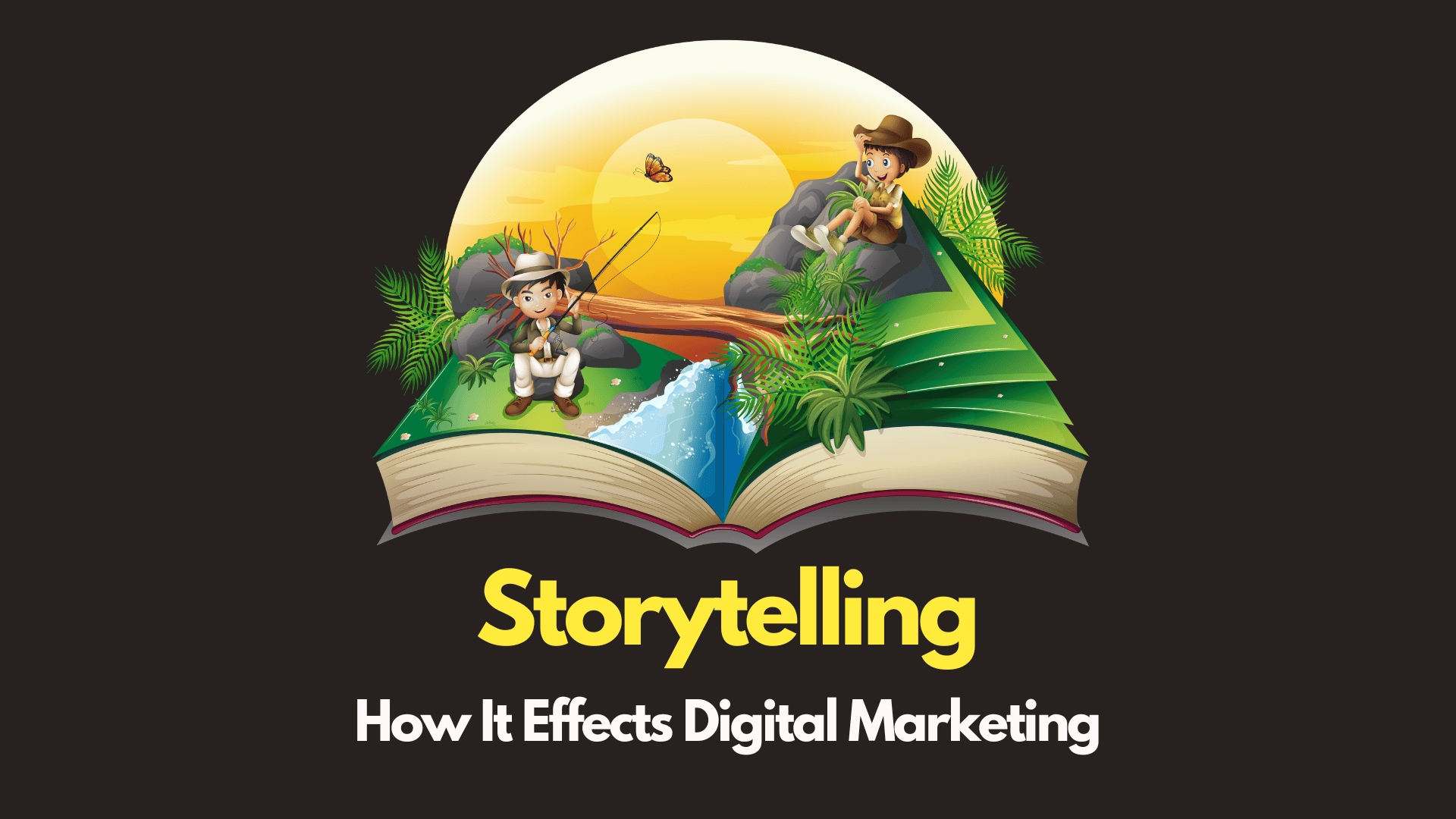Published
- 4 min read
The Impact of Storytelling in Digital Marketing

Key Takeaways
- Engagement Boost: Storytelling enhances customer engagement.
- Brand Connection: Builds stronger connections with audiences.
- Retention: Effective in customer acquisition and retention.
- Cultural Influence: Different cultures respond uniquely to storytelling.
- Millennial Appeal: Particularly impactful for engaging millennials.
- Brand Equity: Can increase brand equity and emotional connection.
- Authenticity: Provides authentic assessment for marketing problems.
- Purchase Intention: Influences consumer purchase intentions.
- Fan Engagement: Affects artist-audience relationships in the music industry.
Storytelling is not just an ancient form of entertainment; it’s a powerful marketing tool that can transform how businesses connect with their audience. By weaving narratives into marketing content, companies can create more engaging, memorable, and impactful experiences for their customers. Let’s dive into the art of storytelling in marketing and uncover its potential to revolutionize engagement.
The Magic of Storytelling in Marketing
Building Emotional Connections
At its core, storytelling is about forging a connection. When consumers encounter a story, they’re not just processing information; they’re experiencing emotions, visualizing images, and often, seeing themselves in the characters’ shoes. This emotional journey can create balanced marketing strategies, making brands more relatable and memorable.
The Hero’s Customer Journey
One effective storytelling framework is The Hero’s Customer Journey. By positioning the customer as the hero overcoming challenges, brands can craft a narrative that resonates deeply with their audience’s aspirations and pain points. This technique has shown to be particularly effective in the entertainment industry, but its principles can be adapted to other sectors as well, from business to health and wellness.
Cultural Resonance
Storytelling isn’t one-size-fits-all. Cultural backgrounds significantly influence how stories are received. For instance, Tunisian consumers may have more cognitive reactions to a story’s plot and characters, while French consumers might respond with more affective reactions. Understanding these nuances can help marketers craft persuasive content that resonates across different demographics.
Engaging Millennials
Millennials, in particular, have shown a keen response to storytelling in digital marketing. They appreciate the emotive power of a good story and are savvy enough to recognize its marketing intent. For this audience, authenticity is key—stories that feel genuine and reflective of their values can lead to stronger engagement on social media platforms.
Enhancing Brand Equity
Storytelling isn’t just about the immediate reaction—it can have long-term effects on brand equity. Engaging narratives can lead to favorable brand associations and emotional connections, which are essential for customer loyalty and retention. In fact, consumer loyalty can be significantly boosted by stories that transport the audience and create a strong personal connection.
Crafting the Narrative
The Role of Media in Storytelling
Different media platforms offer unique ways to tell stories. For music artists, for example, digital storytelling can significantly impact fan engagement. Brands should consider the strengths of each platform, whether it’s the immersive experience of video or the concise power of a tweet, to optimize their storytelling strategies.
The Impact on Purchase Intentions
Storytelling ads have been shown to affect consumer purchase intentions. Factors like word of mouth, entertainment value, and memorability play crucial roles in nudging customers towards a purchase. On the flip side, irritation and lack of informativeness can detract from the story’s impact, highlighting the importance of well-crafted narratives.
Implementing Storytelling in Your Strategy
Ready to harness the power of storytelling in your marketing content? Here are some steps to get started:
- Understand Your Audience: Dive into their culture, values, and preferences.
- Define the Hero: Make your customer the protagonist of your story.
- Craft Authentic Narratives: Ensure your stories are genuine and relatable.
- Leverage Multiple Platforms: Use the strengths of different media to tell your story.
- Measure and Adapt: Track engagement and be ready to tweak your approach.
By integrating storytelling into your marketing efforts, you can create content that not only stands out but also fosters a deeper connection with your audience. For more insights on consumer behavior and marketing strategies, explore the wealth of knowledge available on Gufito.com.